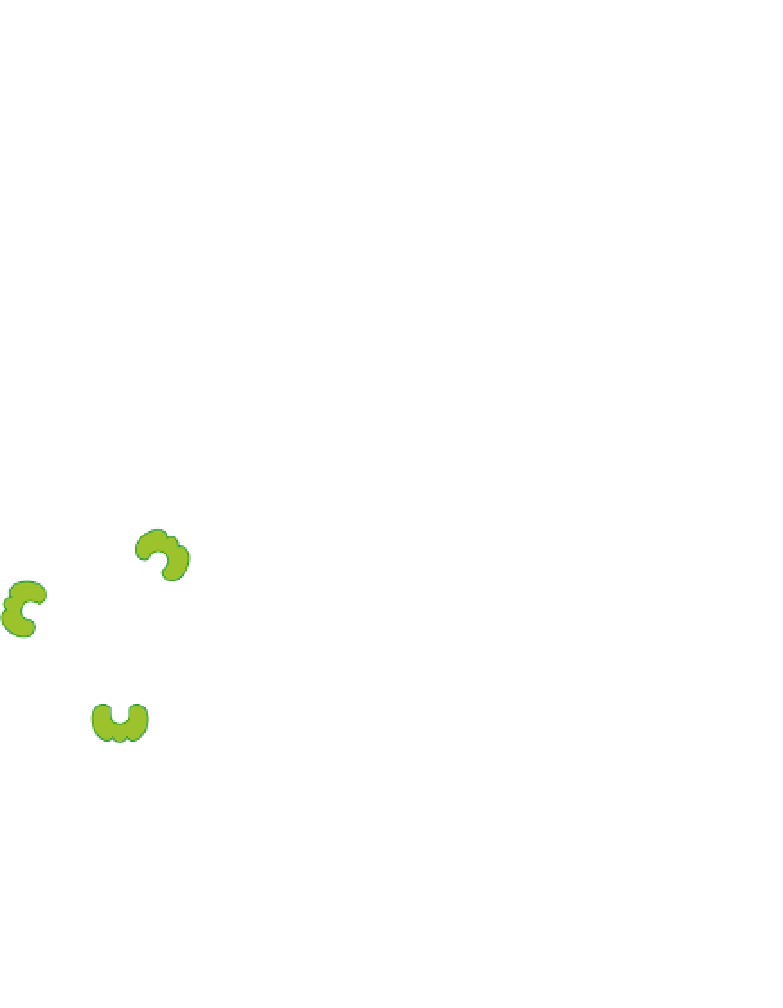Biology Reference
In-Depth Information
lumen, VP3 and perhaps VP2, oligomerize and integrate into the ER
membrane or nuclear matrix, potentially creating a viroporin that aids
in viral DNA transport.
53
Encapsulation of Exogenous DNA, Chemicals,
Proteins for Agent Delivery into Cells
SV40 is an attractive potential vector with high-efficiency gene transfer
into a wide variety of human tissues, a critical target organ for the cure
of many diseases (Fig. 6). It has been shown that the VP1 proteins of
SV40
24,54-59
and closely related viruses such as JC,
60,61
BK,
62-64
and
empty virus-like particle
gene transfer
plasmid
oligo-nucleotide
normal cell
chemical
Drug delivery
virus-like particle containing
target protein fused VP2
protein delivery
protein
vaccination
dendritic cell
target protein fused VP2
Fig. 6.
Schematic reproduction of virus-like particle in polyomavirus
for the use of exogenous genes, chemicals, and proteins. Empty virus-like
particles can be used for gene and chemical delivery into normal cells.
Exogenous proteins fused with minor capsid proteins can be packed inside
the particle when co-expressed in insect cells or by using
in vitro
packaging
systems. These exogenous packaged virus-like particles can be used for pro-
tein transfer into normal cells and for vaccination into dendritic cells.







